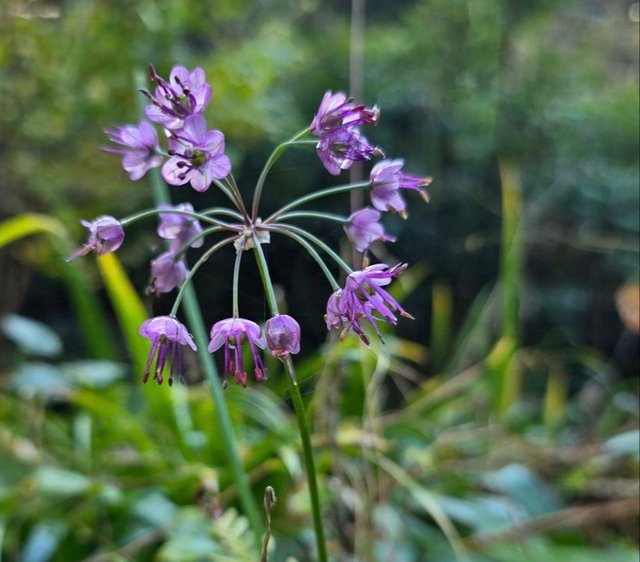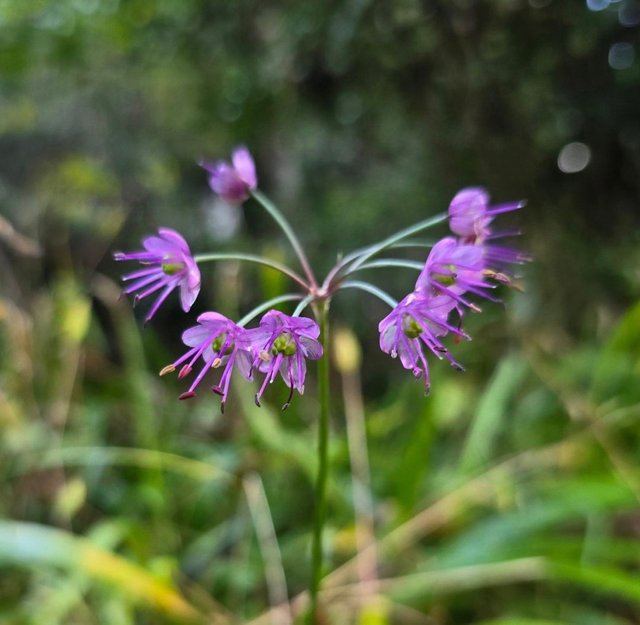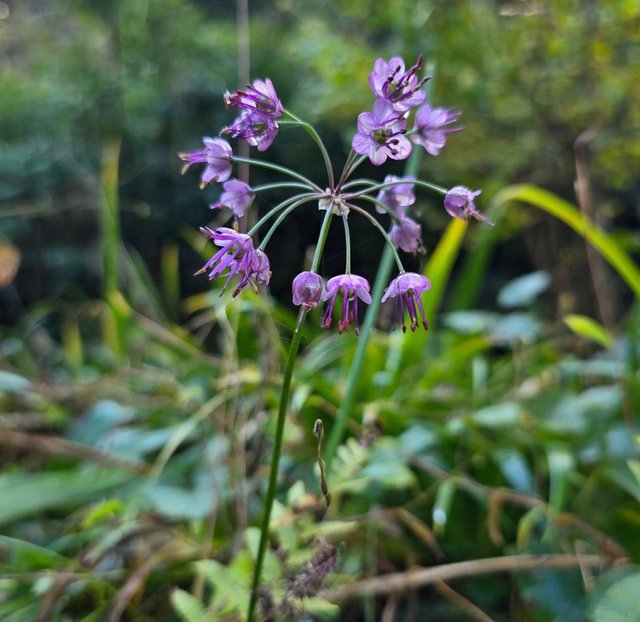Nodding Onion Flower




The Nodding Onion is a captivating perennial wildflower cherished for its graceful appearance, versatility, and ecological benefits. Native to North America, this charming plant belongs to the onion family (Amaryllidaceae), and it gets its name from its distinctive flower heads that droop, or "nod," on slender stems.The Nodding Onion grows 12-18 inches tall, making it an excellent addition to borders, rock gardens, and wildflower meadows. Its delicate bell-shaped flowers bloom in shades of pink, white, or lavender during mid to late summer. These blossoms are arranged in umbels that nod downward, creating an elegant and whimsical look. The long, grass-like leaves emit a mild onion-like scent when crushed, which adds another layer of sensory interest to this plant.
The Nodding Onion is a superstar for pollinator-friendly gardens. Its nectar-rich flowers attract bees, butterflies, and hummingbirds, making it a vital food source during the blooming season. Additionally, its onion-like scent can deter some pests, offering natural garden protection.This hardy plant thrives in USDA zones 4-9 and adapts well to various conditions, including full sun to partial shade and well-draining soil. It’s drought-tolerant once established, making it a low-maintenance choice for xeriscaping. To propagate, you can divide clumps in the spring or fall or grow from seed for a more naturalized effect.
Ornamental and functional. Its graceful flowers are perfect for softening the edges of pathways or adding movement to mixed perennial beds. Pair it with other native plants like coneflowers, black-eyed Susans, or prairie grasses for a harmonious, eco-friendly landscape design.Beyond its beauty, the Nodding Onion has historical significance. Indigenous peoples used various parts of the plant for culinary and medicinal purposes. While it’s edible and has a mild onion flavor, harvesting from wild populations is discouraged to preserve its natural habitats. Instead, cultivate it in your garden if you'd like to explore its culinary potential.